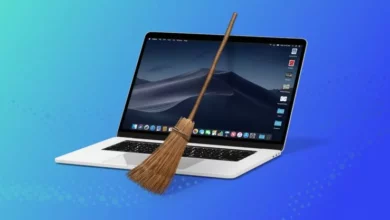Entertainment
January 2, 2024
SaaS Management Platforms 10 Best in 2024
Service-based software Apps have completely changed how businesses use technology. Although this strategy has numerous…
Business
January 2, 2024
Employee Communication Platform 10 Best in 2024
Any organization’s productivity and success depend on its team members’ ability to effectively communicate with…
Apps
January 2, 2024
Top 9 Calorie Counter Apps of 2024 for Android
These days, calorie-counting apps are a godsend. With the help of these applications, we can…
Business
January 2, 2024
Online Recruiting Software 10 Best in 2024
Finding the best personnel for your company is not an easy task. It’s a multi-step…
Apps
January 2, 2024
7 Best Android Weather Apps in 2024 [Free & Paid]
In many people’s lives, checking the weather before leaving for work might be crucial. Additionally,…
Business
January 2, 2024
Human Capital Management (HCM) Platform 10 Best in 2024
For human resource specialists, the workplaces of today are extremely complicated. HR professionals are responsible…
Business
January 2, 2024
HR Software For Payroll 10 Best In 2024
The use of human resources software has numerous advantages for businesses of all sizes. A…
Business
January 2, 2024
OKR Software 10 Best in 2024
Organizations all across the world utilise OKRs to guide strategic direction and concentrate efforts on…
Business
January 2, 2024
Staffing Software For Recruiting 10 Best In 2024
The selection of the ideal candidate for an open post involves many factors. According to…
Games
January 2, 2024
12 Best Online Games for PC in 2024
Want to play the top PC game online? Online gaming has grown in popularity throughout…















